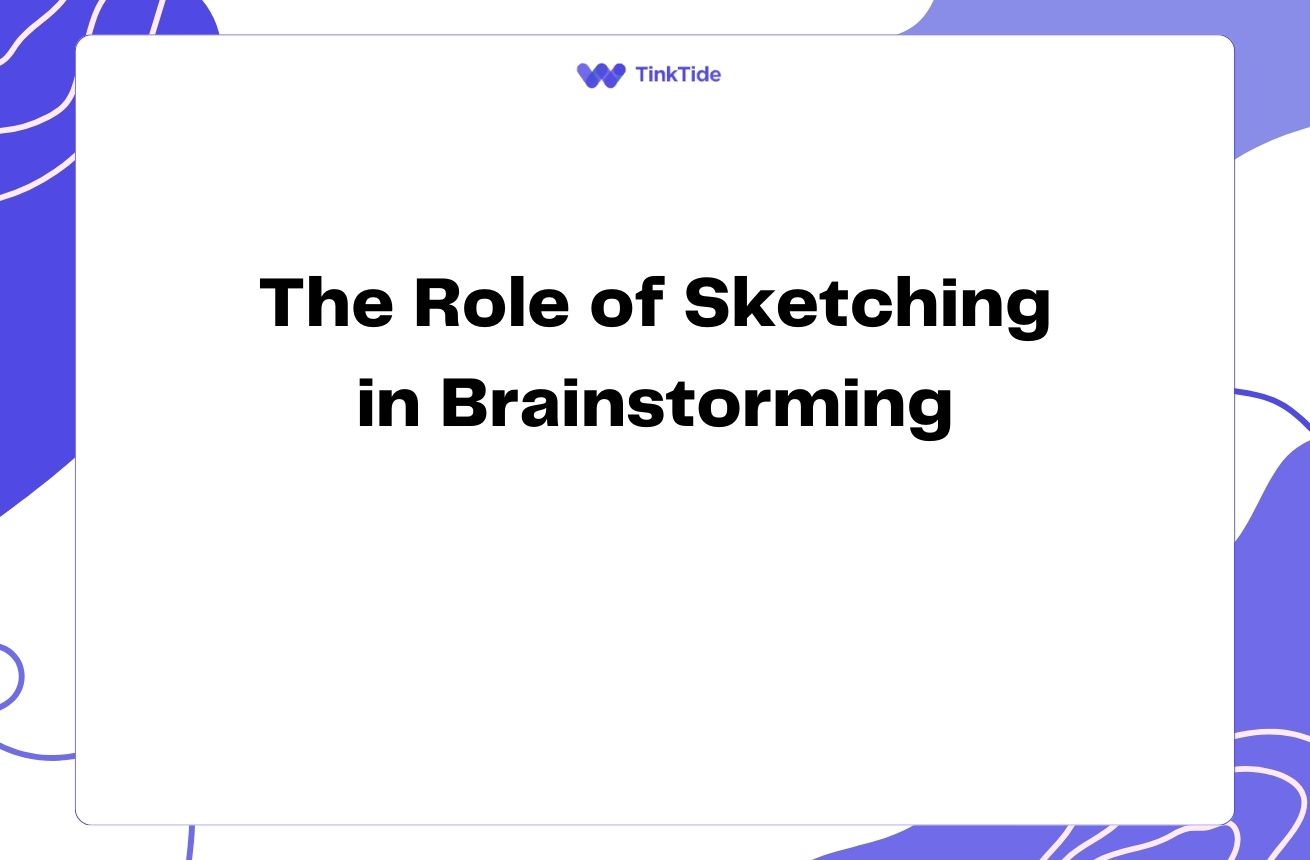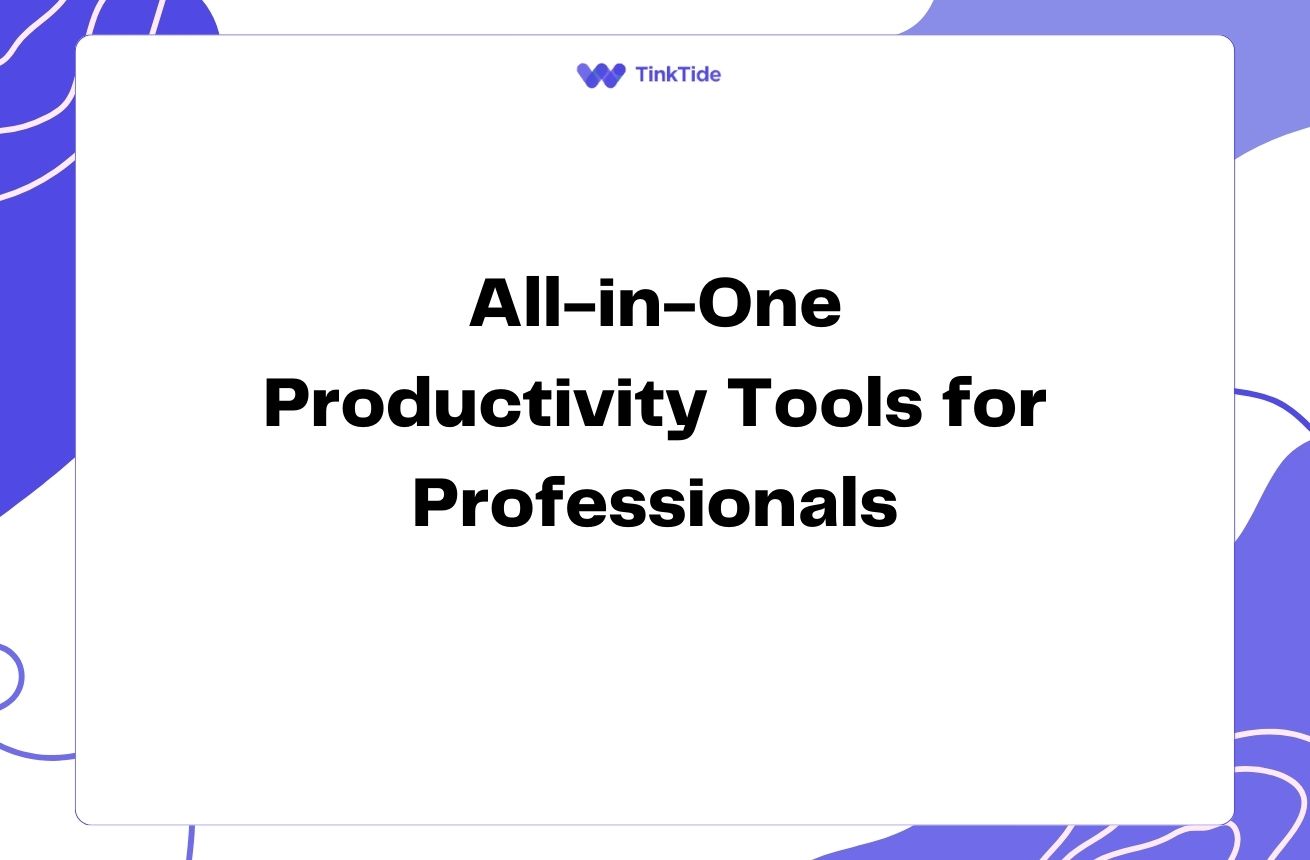Embracing Failure: Fuel for Creative Thinking
The Power of Failure in Creativity
Failure is often seen as the enemy of creativity, but what if we told you it's actually a powerful ally? Embracing failure as part of the creative process can lead to breakthrough ideas and innovative solutions. By reframing our perspective on failure, we can unlock new levels of creativity and resilience.
Research from the Journal of Experimental Social Psychology shows that individuals who view failure as a learning opportunity tend to be more creative and persistent in their efforts. This mindset shift is crucial for maintaining a steady flow of ideas, even in the face of setbacks.
Let's explore some strategies to help you embrace failure and keep your creative juices flowing.
Redefine Success and Failure
The first step in embracing failure is to redefine what success and failure mean to you. Instead of viewing failure as the opposite of success, see it as a necessary part of the journey towards success.
- Success: Learning and progress, not just achieving a specific outcome
- Failure: An opportunity to gather valuable feedback and improve
- Process: Focus on the journey of creation, not just the end result
Cultivate a Growth Mindset
Developing a growth mindset is crucial for embracing failure in the creative process. This concept, popularized by psychologist Carol Dweck, emphasizes the belief that abilities and intelligence can be developed through effort and learning.
With a growth mindset, you'll see challenges as opportunities to improve rather than threats to your abilities. This perspective shift can help you maintain motivation and continue generating ideas even when faced with setbacks.
Practice positive self-talk and reframe negative thoughts. Instead of saying 'I'm not creative enough,' try 'I'm still learning and improving my creative skills.'
Embrace Iterative Thinking
Iterative thinking is a powerful tool in the creative process. It involves creating multiple versions or iterations of an idea, learning from each attempt, and continuously improving.
This approach aligns well with the concept of 'Design Thinking,' which emphasizes prototyping and testing ideas rapidly. By embracing iteration, you're acknowledging that your first attempt might not be perfect – and that's okay.
Each iteration provides valuable insights and brings you closer to a successful outcome. Remember, even great innovators like Thomas Edison went through numerous iterations before achieving success.
Create a 'Failure Resume'
A 'failure resume' is a document where you list your failures, setbacks, and lessons learned. This practice, popularized by Stanford professor Tina Seelig, can help you reframe your relationship with failure.
By documenting your failures alongside the insights gained, you create a tangible record of your growth and resilience. This can serve as a powerful reminder that failure is not the end, but a stepping stone to success.
Update your failure resume regularly and review it when you need a boost of confidence or perspective.
Implement a 'No Bad Ideas' Brainstorming Policy
When generating ideas, implement a 'no bad ideas' policy. This approach, often used in brainstorming sessions, encourages free thinking and reduces the fear of judgment.
By creating a safe space for all ideas, you'll encourage more creative and unconventional thinking. Remember, even seemingly 'bad' ideas can spark brilliant ones or lead to unexpected solutions.
Practice suspending judgment during ideation phases and evaluate ideas critically only in later stages of the creative process.
Learn from Creative Role Models
Study the lives and processes of creative individuals you admire. You'll often find that their journeys were filled with failures and setbacks.
- J.K. Rowling: Her Harry Potter manuscript was rejected by 12 publishers
- Walt Disney: Was fired from a newspaper for 'lacking imagination'
- Vincent van Gogh: Sold only one painting during his lifetime
- Steve Jobs: Was once ousted from Apple, the company he co-founded
Practice Resilience Through Mindfulness
Mindfulness practices can help build resilience and manage the emotional impact of failure. Techniques like meditation and deep breathing can help you stay calm and focused in the face of setbacks.
The Mindful.org website offers numerous resources for incorporating mindfulness into your daily routine. Regular practice can help you maintain emotional balance and keep generating ideas even when faced with challenges.
Remember, resilience is like a muscle – the more you exercise it, the stronger it becomes.
Address common questions
Let's address some common questions about embracing failure in the creative process:
How can I overcome the fear of failure in my creative work?
Start by reframing failure as a learning opportunity. Set small, achievable goals and celebrate the process of creation, not just the outcome. Gradually expose yourself to situations where failure is possible, and practice self-compassion when things don't go as planned.
What if my ideas are consistently rejected?
Consistent rejection can be challenging, but it's not uncommon in creative fields. Use each rejection as feedback to refine your ideas. Seek constructive criticism and be open to adapting your approach. Remember, persistence is key – many successful creatives faced numerous rejections before achieving recognition.
How can I maintain motivation after a major setback?
After a major setback, take time to process your emotions. Reflect on the experience and identify lessons learned. Set new, realistic goals and break them down into manageable steps. Surround yourself with supportive people and remind yourself of past successes. Consider keeping a 'motivation journal' to track your progress and positive experiences.
Is it normal to feel stuck after failure?
Feeling stuck after failure is entirely normal. It's a natural part of the creative process. When you feel stuck, try changing your environment, collaborating with others, or exploring a completely different creative medium. Sometimes, stepping away from the project temporarily can provide fresh perspective.
How can I build a support system that embraces failure?
Seek out like-minded creatives who understand the importance of failure in the creative process. Join or create a mastermind group where you can share experiences and support each other. Attend workshops or conferences in your field to connect with others who share your creative journey. Online communities and forums can also be great resources for support and encouragement.
Provide additional resources
Mindset: The New Psychology of Success
A book by Carol Dweck exploring the power of our mindset in achieving success
TED Talk: The Unexpected Benefit of Celebrating Failure
Astro Teller's inspiring talk on embracing failure in innovation
Fail Fast, Fail Often: How Losing Can Help You Win
A book offering strategies for using failure as a path to success
The Creative Habit: Learn It and Use It for Life
Twyla Tharp's guide to developing creative habits and overcoming blocks
99U: Insights on making ideas happen
A website offering articles and resources on creativity and productivity
Embrace Failure, Fuel Creativity
Embracing failure as part of the creative process is a powerful strategy for maintaining a steady flow of ideas and innovation. By reframing failure, cultivating a growth mindset, and implementing practical techniques like iterative thinking and 'failure resumes,' you can transform setbacks into stepping stones.
Remember, every great creator has faced failure. What sets them apart is their ability to learn, adapt, and keep moving forward. As you continue your creative journey, embrace each failure as an opportunity to grow and improve.
Start implementing these strategies today, and watch how your relationship with failure – and your creative output – transforms. Your next big idea might just be on the other side of your next 'failure.'
Ready to Revolutionize Your Creative Process?
Discover how Tinktide can help you embrace failure and supercharge your creativity.
Start Your Free Trial

